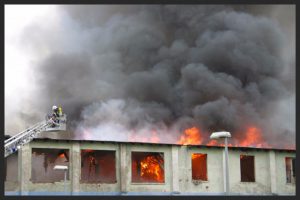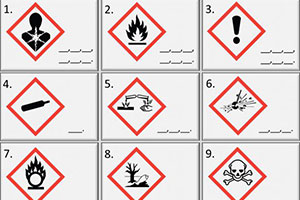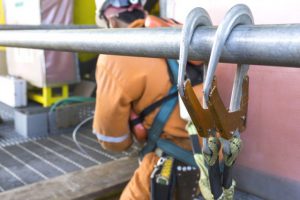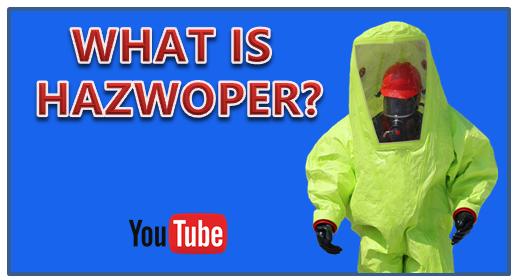
Workplace Fire Prevention
The National Fire Protection Association reports that in 2016, nearly 3,000 civilians were killed in structure fires. Although people don’t often think about the possibility of a fire at work,...

HAZCOM Pictograms
The Hazard Communication Standard (HCS) requires pictograms on labels when users may be exposed to chemical hazards. Each of the HCS pictograms conveys a specific hazard(s) and it’s important for...

Respirable Crystalline Silica Standard
OSHA’s enforcement of the Respirable Crystalline Silica Standard for Construction is set to begin on September 23, 2017. The rule is intended to limit respirable crystalline silica exposure in workers,...

Brain Injury Prevention
According to the Washington State Dept. of Labor & Industries, between 4% to 7% of all traumatic brain injuries happen in the workplace. Traumatic brain injuries (TBI) occur when there...

Hearing Protection
Approximately 22 million workers are exposed to hazardous noise in the workplace. Exposure to high levels of noise can cause permanent ringing in the ears, hearing loss, and other serious...

Workplace Amputations
Every year, thousands of U.S. workers lose fingers, hands, feet, and other body parts as a result of workplace accidents. Between 2015 – 2016, there were an average of seven...

Burn Safety
OSHA has reported that there are more than 5,000 work-related burn injuries in the U.S. each year. 8% of all burn injuries occur on the job. These burns can be:...

Hazardous Energy
When machines and equipment are being serviced or maintained, the unexpected startup of the equipment or a release of stored energy in the equipment can harm workers. This hazardous energy,...

OSHA Fall Prevention
Falls from elevated surfaces continue to be a leading cause of death in construction. To help increase awareness of fall hazards and to reinforce the importance of fall prevention, OSHA...

